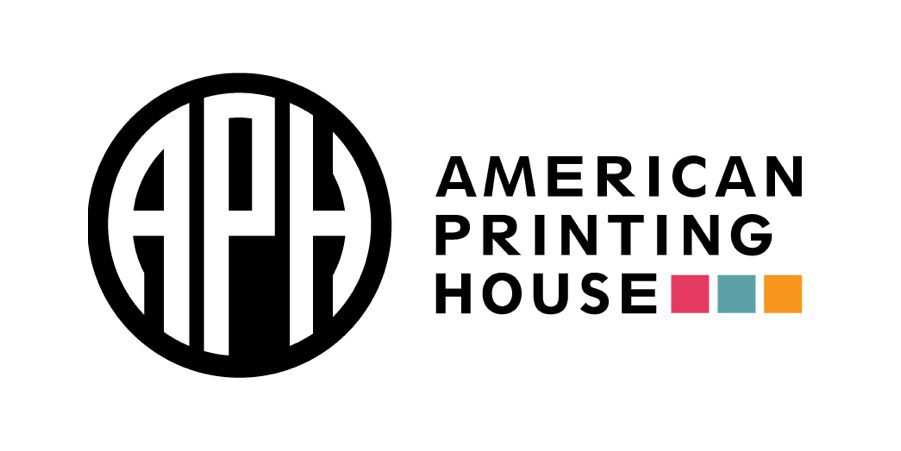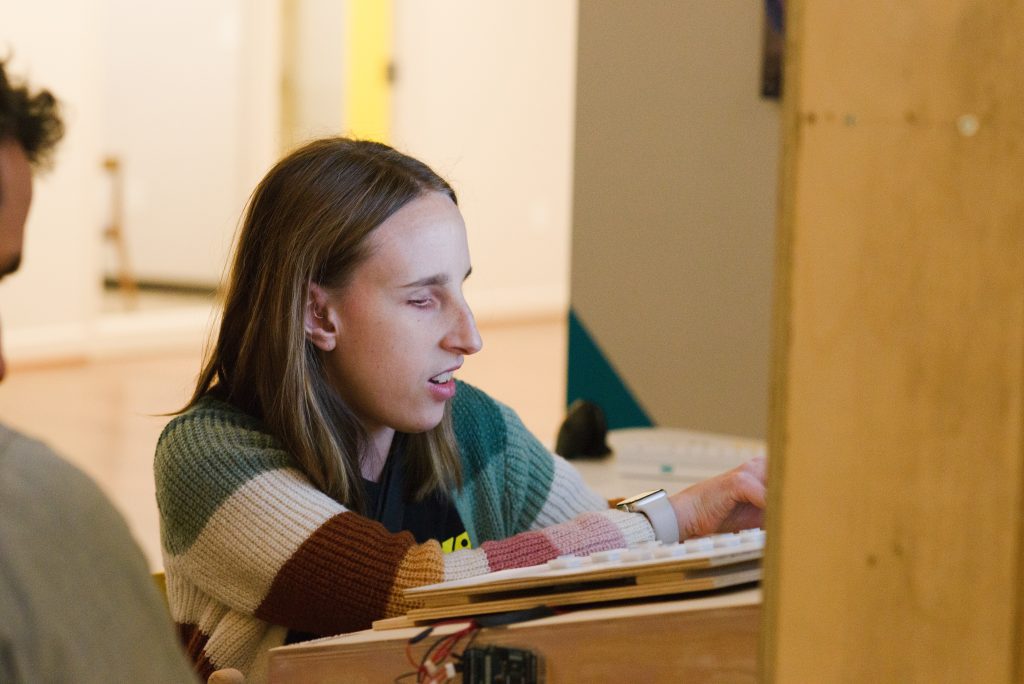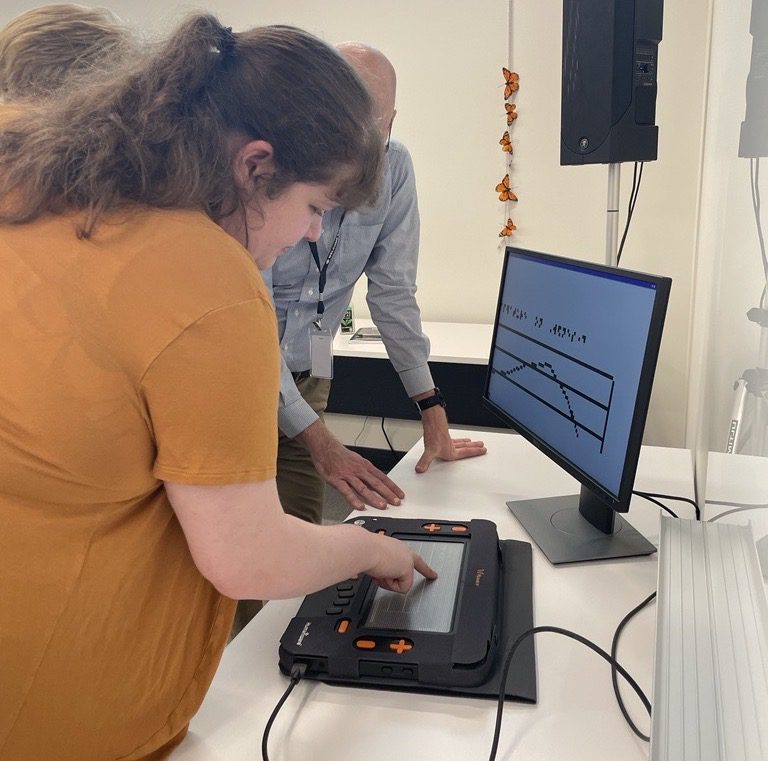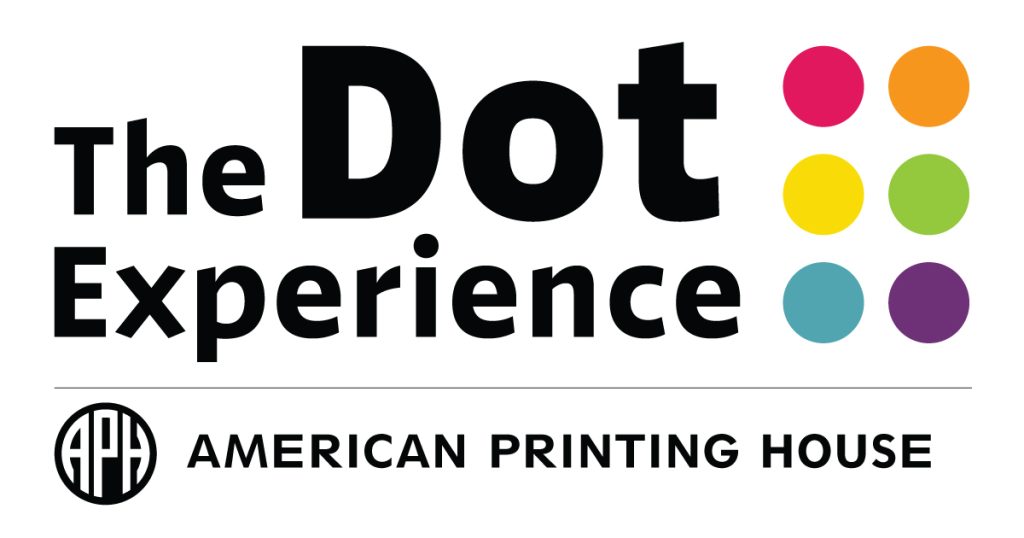Statement on GAAD from 52 National Disability Advocates for Digital Inclusion

On Global Accessibility Awareness Day 2023, the undersigned national disability organizations celebrate the transformative impact of accessible technology and call on the federal government to require websites and software applications to be accessible to and usable by people with disabilities. The roughly 61 million people with disabilities in the United States have a right to access employment, businesses, programs, and services, regardless of whether they are delivered in-person or online.
Accessible technology is essential to provide people with greater opportunities, independence, and privacy. Recent research has shown the reverse to be true as well. When people with disabilities cannot access websites or apps, they lose their privacy, experience social exclusion, waste time seeking alternatives, must wait for and pay for assistance, and even must forego goods and services that they need.
When customers with disabilities cannot access websites and apps, businesses lose access to a significant portion of their market. More than 40% of blind, low-vision, and deafblind respondents to a recent survey said they will switch to a different business if they encounter access barriers while using a website or app. And about 60% feel like they don’t have as many choices as sighted people in which businesses to turn to for digital services.
Global Accessibility Awareness Day is an important annual event to celebrate and commit to accessible technology design and development and its benefits for individuals and organizations. To advance this goal, we call on the Department of Justice to move quickly to issue rules on website and application accessibility under titles II and III of the Americans with Disabilities Act. We also urge Congress to acknowledge the need for accessibility in the virtual environment by reintroducing and passing the Websites and Software Applications Accessibility Act. Ultimately, we urge all organizations, businesses, and governments to act now to make their websites and apps fully accessible to people with disabilities.
Access Living
Access Ready
Accessible Avenue
accesSOS
ACMCRN Arachnoiditis & Chronic Meningitis Collaborative Research Network
Alström Syndrome International
American Association of People with Disabilities
American Association on Health and Disability
American Council of the Blind
American Foundation for the Blind
American Printing House for the Blind
American Therapeutic Recreation Association
Association of Assistive Technology Act Programs
Autistic People of Color Fund
Autistic Self Advocacy Network
Autistic Women & Nonbinary Network
Bazelon Center for Mental Health Law
Blinded Veterans Association
Communication Service for the Deaf, Inc.
CommunicationFIRST
Conference of Educational Administrators of Schools and Programs for the Deaf
Congenital Hyperinsulinism International
Disability Policy Consortium
Disability Rights Education & Defense Fund
Epilepsy Foundation
Genetic Alliance
International Foundation for Autoimmune & Autoinflammatory Arthritis
Knowbility
Lakeshore Foundation
Lupus and Allied Diseases Association, Inc.
Multiple Sclerosis Foundation
National Association of the Deaf
National Disability Institute
National Disability Rights Network
National Federation of the Blind
National Industries for the Blind
National Research & Training Center on Blindness & Low Vision
NCIL
Paralyzed Veterans of America
Partnership to Improve Patient Care
Perkins School for the Blind
Prevent Blindness
PXE International
RetireSafe
Syngap1 Foundation
TDI (Telecommunications for the Deaf and Hard of Hearing, Inc)
Teach Access
The Arc of the United States
The Coelho Center for Disability Law, Policy and Innovation
United Spinal Association
VisionServe Alliance
Whistle Blowers of America
For more information, contact:
Stephanie Enyart, senyart@afb.org
John Pare, jpare@nfb.org
Clark Rachfal, crachfal@acb.org
Claire Stanley, Claire.Stanley@ndrn.org
Share this article.
Related articles

Celebrating Global Accessibility Awareness Day with APH’s Danielle Burton
Celebrated annually on the third Thursday of May, Global Accessibility Awareness Day (GAAD) recognizes digital access and inclusion for those...

Making Math More Accessible: Monarch’s Braille Editor and Graphing Calculator
Math is not the most accessible subject for students who are blind or have low vision. Adaptations to activities and...

Introduction to The Dot Experience
APH’s vision since 1858 is an accessible world, with opportunity for everyone. APH empowers people who are blind or low...
